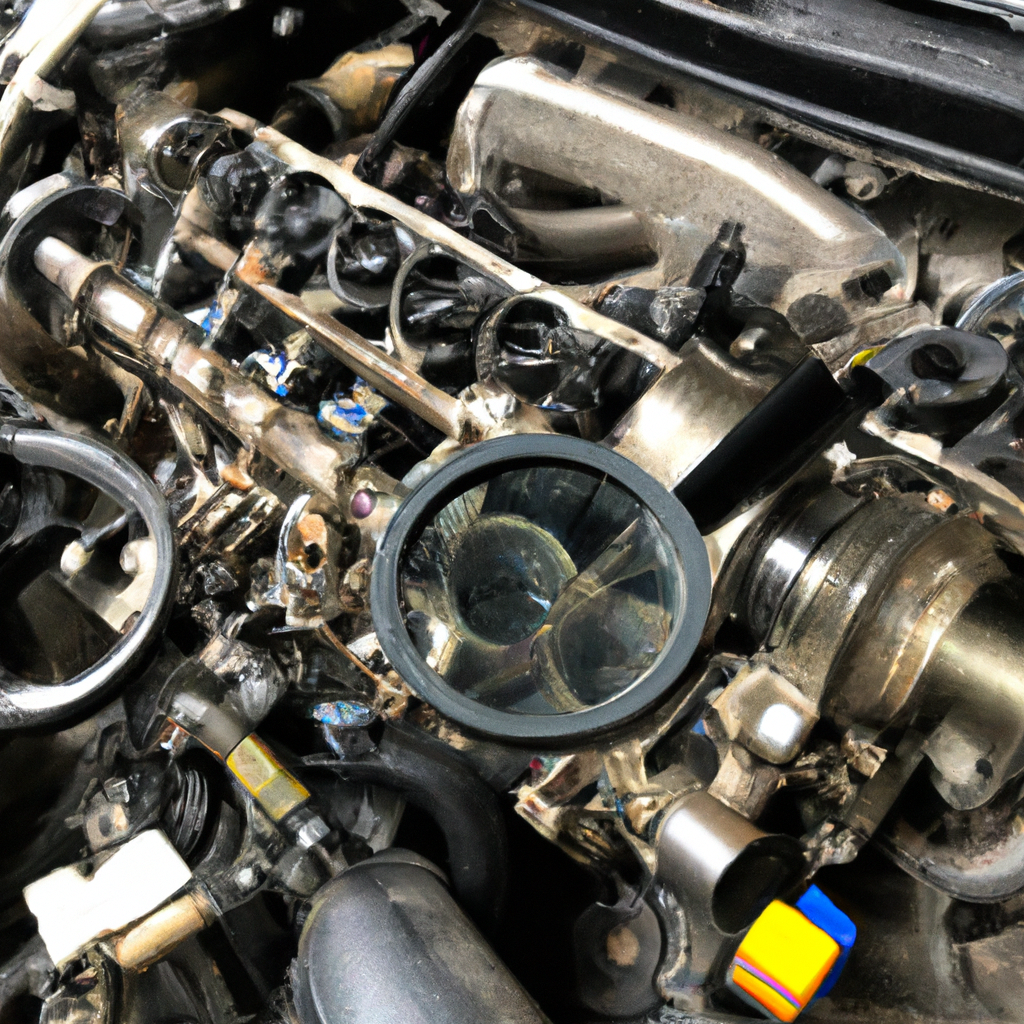Welcome to our comprehensive guide on diagnosing and fixing common engine misfire issues. If you’ve ever experienced a rough idle, loss of power, or a check engine light indicating a misfire, you know how frustrating and concerning it can be. In this article, we will provide you with a step-by-step approach to identify the root cause of engine misfires and guide you through the necessary repairs. By following our expert advice, you’ll be able to get your engine running smoothly again and avoid costly trips to the mechanic.

Understanding Engine Misfires
Before we dive into the diagnostic process, let’s first understand what an engine misfire is and how it affects your vehicle’s performance. An engine misfire occurs when one or more cylinders fail to ignite the air-fuel mixture at the right time, resulting in a disruption of the combustion process. This can lead to a variety of issues, including reduced power, decreased fuel efficiency, and increased emissions.
Step 1: Check for Diagnostic Trouble Codes (DTCs)
When dealing with engine misfires, it’s crucial to retrieve any diagnostic trouble codes (DTCs) stored in your vehicle’s onboard computer system. These codes can provide valuable insights into the specific cylinder or system that is experiencing the misfire. You can easily retrieve DTCs by using an OBD-II scanner and connecting it to the diagnostic port under your vehicle’s dashboard. Once you have the codes, you can proceed to the next step.
Step 2: Inspect Ignition System Components
The ignition system plays a vital role in ensuring proper combustion within the engine cylinders. Faulty ignition system components can often be the cause of engine misfires. Start by visually inspecting the spark plugs, ignition coils, and spark plug wires. Look for signs of damage, such as worn electrodes, cracks, or carbon buildup. Replace any components that appear to be faulty or worn out.
Step 3: Check Fuel System Components
A properly functioning fuel system is essential for delivering the correct amount of fuel to the engine cylinders. Inspect the fuel injectors, fuel pump, and fuel filter for any signs of blockage or damage. Clogged injectors or a failing fuel pump can result in an imbalance in fuel delivery, leading to engine misfires. If necessary, clean or replace the affected components to restore proper fuel flow.
Step 4: Examine the Air Intake System
The air intake system is responsible for supplying clean air to the engine for combustion. A restricted or dirty air filter can disrupt the air-fuel mixture, causing misfires. Inspect the air filter and clean or replace it if necessary. Additionally, check for any obstructions in the air intake ducts or throttle body. Ensure that all connections are secure and free from leaks.
Step 5: Perform a Compression Test
Low compression in one or more cylinders can also result in engine misfires. Performing a compression test can help identify any internal engine issues, such as worn piston rings or valves. To conduct the test, remove the spark plugs and connect a compression gauge to each cylinder. Crank the engine and record the compression readings. If you notice a significant difference in compression between cylinders, further inspection and repairs may be required.
Step 6: Address Electrical Issues
Sometimes, electrical problems within the vehicle can contribute to engine misfires. Check the battery and charging system to ensure they are functioning correctly. A weak battery or a faulty alternator can cause voltage fluctuations, leading to misfires. Additionally, inspect the wiring harnesses and connectors for any signs of damage or corrosion. Repair or replace any faulty electrical components as needed.
Step 7: Seek Professional Assistance
If you’ve followed all the previous steps and are still unable to diagnose or fix the engine misfire issue, it may be time to seek professional assistance. A certified mechanic will have the expertise and specialized tools to further investigate the problem. They can perform advanced diagnostics, such as a cylinder leak-down test or a fuel pressure test, to pinpoint the exact cause of the misfire. Remember, investing in professional help can save you time, money, and frustration in the long run.
Conclusion
Engine misfires can be a complex and frustrating issue to deal with, but with our step-by-step guide, you now have the knowledge and confidence to diagnose and fix common engine misfire issues. Remember to start by checking for DTCs, inspecting the ignition and fuel systems, examining the air intake system, performing a compression test, addressing electrical issues, and seeking professional assistance if needed. By following these steps, you’ll be well on your way to resolving engine misfires and getting your vehicle back to its optimal performance.


